May 21, 2025 | 04:14 GMT +7
May 21, 2025 | 04:14 GMT +7
Hotline: 0913.378.918
May 21, 2025 | 04:14 GMT +7
Hotline: 0913.378.918
One of the difficulties in building a foot-and-mouth disease (FMD)-free zone for exporting to China is that the rate of small-scale livestock farming is still about 47%, with poor awareness of epidemic prevention and the complicated situation of cross-border trade and transportation. Therefore, even though the core force of large farms ensures disease safety, it is still difficult to create a large disease-free zone (DFZ).
Mr. Le Tan Phong, Deputy Director of the Lao Cai Department of Agriculture and Rural Development, said that the whole province currently has approximately 80,000 livestock households, of which only 269 farms meet the conditions. With a 182-km border line with China, animal products entering and passing through Lao Cai province are convenient and not thoroughly controlled. This is the reason why animal diseases enter and spread.
The province's specific goal in building a DFZ from FMD is to implement and request that the Department of Animal Health (DAH) recognize three communes of Bao Thang district as commune-level FMD-free zones in 2024–2025 and recognize district-level FMD-free zones for Bao Thang district and some lowland communes of Bao Yen, Van Ban, and Bat Xat districts in 2026–2028. This aims to meet standards for exporting live pigs and pork to the Chinese market.
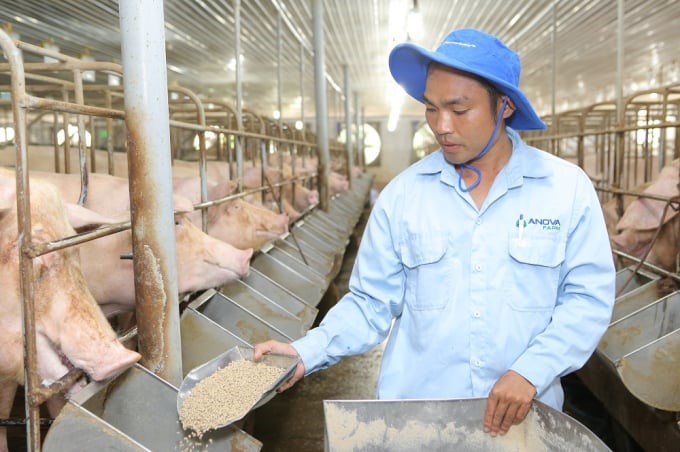
Model of raising pigs on a closed farm. Photo: TL.
To do that, Lao Cai requested the Ministry of Agriculture and Rural Development (MARD) to soon submit to the Government for promulgation a Decree stipulating mechanisms and policies to support animal disease prevention and control. Support the province to build key DFZs in which, for FMD, the focus is Bao Thang district and some communes in Van Ban, Bao Yen, and Bat Xat districts to serve domestic needs and aim for export. Introduce companies and businesses in the fields of livestock farming and fishery, especially high-tech livestock and organic production, for investing in the province.
Ms. Dinh Thi Thu, Deputy Director of Lang Son Department of Agriculture and Rural Development, said that since 2021, the Provincial Department of Animal Husbandry and Veterinary Medicine has included the content of building disease-free zones and facilities as key tasks, with 2–5 livestock facilities in the area being supported to build disease safety. Up to now, the province has 12 disease-free facilities, including three FMD-free facilities for pigs and one FMD-free facility for cattle. Existence remains due to the characteristics of mountainous terrain, sparse population in many places, and mainly small-scale livestock farming, so biosecurity is not guaranteed and there is no initiative in breeding.
In addition, the province does not have a centralized slaughter facility. For pig slaughter alone, there are over 500 small-scale establishments. Even in many places, traders buy and slaughter right at households, so the work of slaughter control and veterinary hygiene inspection is very difficult. However, with the advantage of being a border province adjacent to the Zhuang autonomous region of Guangxi, China, Lang Son hopes to build DFZs to be able to export, so it requests MARD and DAH to help and guide in choosing suitable places.
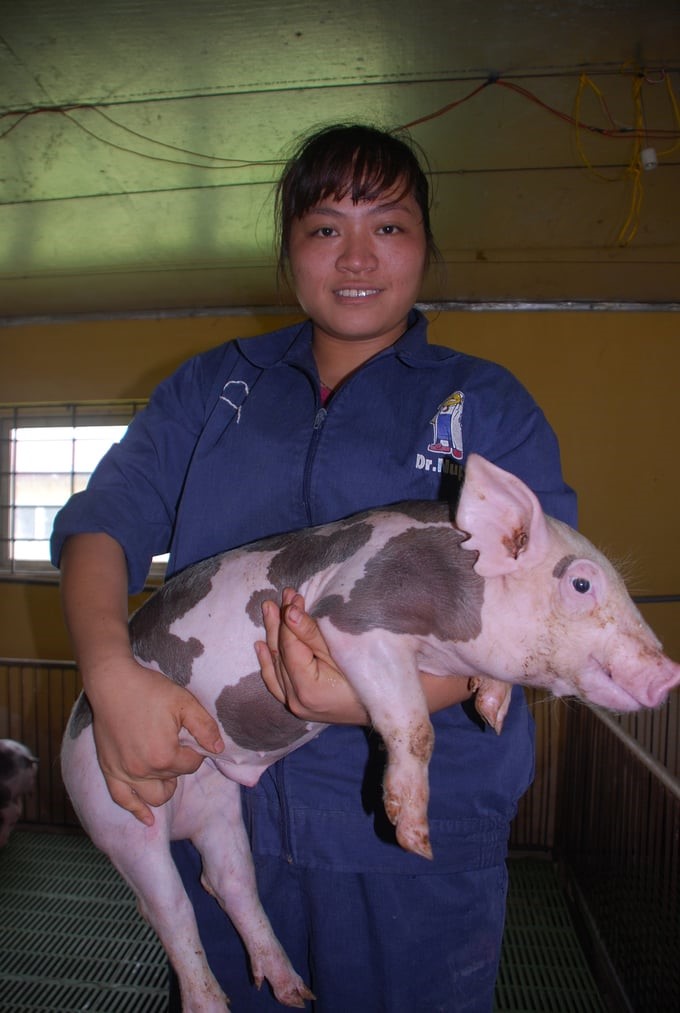
Industrial livestock farming will easily meet export standards. Photo: Duong Dinh Tuong.
Mr. Trinh Xuan Binh, Ha Giang Department of Animal Husbandry and Veterinary Medicine, suggested that MARD support funding to build DFZs and funding for proactive monitoring, sampling for disease testing, and post-vaccination assessment; and supervise food safety for animals and animal products.
It is proposed that the Ministry introduce and call on businesses to support the province in organizing production and livestock farming in chains to meet export requirements to China. It is recommended that DAH and the Sub-Department of Animal Health Region II organize training to guide the sub-department’s staff on procedures for building DFZs according to the recommendations of the World Organization for Animal Health. At the same time, organize training on inspection and assessment of disease-free facilities and zones according to regulations in MARD’s Circular No. 24 dated December 30, 2022.
To remove the deadlock for small-scale livestock farming, Mr. Dang Van Minh, Director of the Nghe An Department of Animal Husbandry and Veterinary Medicine, requested that MARD and DAH soon advise the Government to issue a Decision on policy to support and improve the efficiency of small livestock farming because Decision No. 50 dated September 4, 2014 of the Prime Minister has expired. Guide the province to build DFZs meeting export requirements according to recommendations of the World Organization for Animal Health, such as FMD-free zones in key dairy farming districts of Nghia Dan, Thai Hoa town, and a disease-free pig farming area in Quy Hop district (Masan). Have policies to support the province in attracting projects and businesses to invest in modern, industrial slaughtering and processing in Vinh City, the Southeast Economic Zone, etc. to serve domestic consumption needs and aim for export.
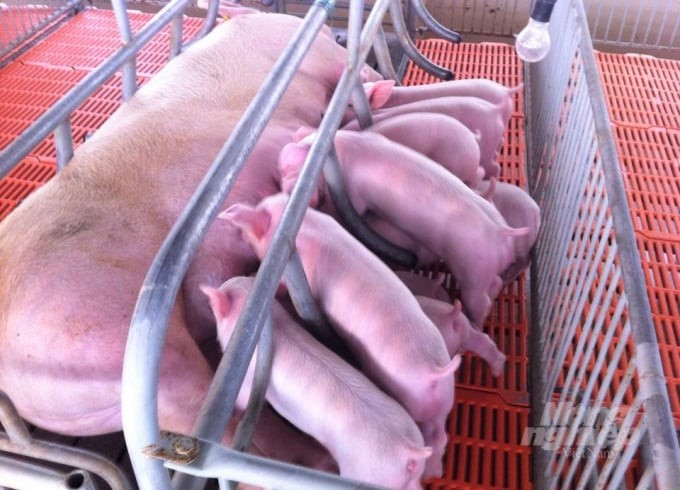
It is essential to control diseases right from the breeding stage. Photo: VAN.
To successfully implement the construction of DFZs from FMD in pig herds, according to Bac Giang province, it is necessary to implement the following solutions:
Maintain the established disease-free facilities in parallel with promoting dissemination and encouraging cattle farms to build disease-free farming facilities from FMD, thereby serving as a premise for building DFZs from FMD on pig herds. Coordinate with media agencies to develop communication programs on FMD prevention and control.
Take advantage of the resources of businesses and organizations related to animal husbandry and veterinary medicine to increase training and seminars disseminating FMD prevention and control. Carry out good environmental sanitation and disinfection, and vaccinate livestock against FMD. Improve the results of FMD vaccination, striving for a vaccination rate of at least 80% of the total herd of buffaloes, cows, goats, and pigs.
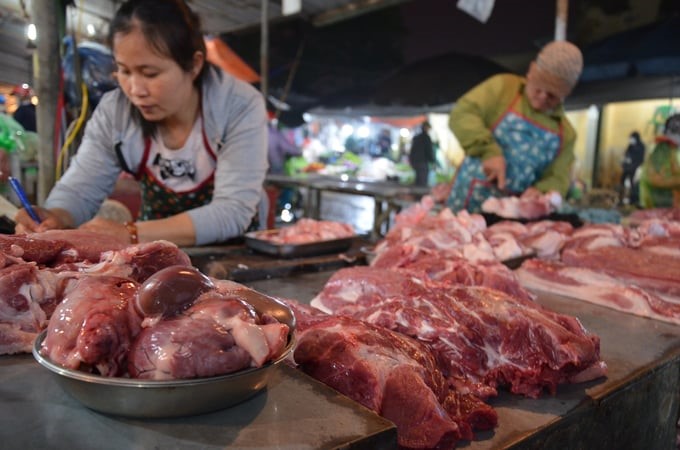
Pig farming has exceeded domestic meat demand. Photo: VAN.
Strengthen the disease monitoring and information system from the province to the grassroots, ensuring early disease detection and timely handling and preventing the disease from spreading to a large area. Allocate funding for surveillance of virus circulation to provide early warning of epidemics; and monitor post-vaccination to evaluate the effectiveness of vaccine use. Closely coordinate with market management units, police, and local authorities to strengthen transportation quarantine, slaughter control, veterinary hygiene inspection, and food safety. Proactively allocate adequate funding for FMD prevention work. Organize delegations to inspect, supervise, and direct the implementation of FMD prevention and control in the area.
First, the easiest DFZs are isolated lands, separated from other regions by roads, hills, rivers, and lakes for easy administrative management and easy control of animals and animal products entering and leaving. Second, all livestock farming facilities in the region must follow the same process. Third, livestock in the region must be fully vaccinated according to instructions at the same time to create community immunity. Fourth, it is necessary to monitor whether there are pathogens circulating inside or not. Fifth, monitor whether the vaccine is effective or not. Sixth, control animals and animal products entering and leaving. Seventh, grasp information for traceability.
Translated by Huyen Vu Thu

(VAN) Oliyar, a prominent Ukrainian oil and fat manufacturer, has revealed plans to build a farm for 2.3 million laying hens in the Lviv region. The additional production quantities promise to change the competitive landscape of the egg market of the Eastern Europe region.
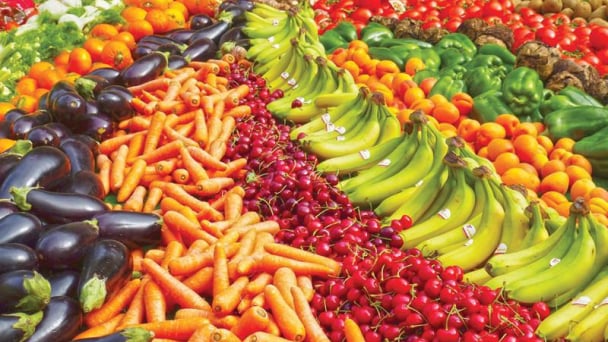
(VAN) On May 15, Ministry of Agriculture and Environment of Vietnam hosted the 'Connecting Vietnam - Germany agricultural, forestry and fishery trade' seminar in Berlin, Germany.

(VAN) In the face of counterfeit and imitation products, Khanh Hoa Salanganes Nest Company hopes for the prompt completion of the legal framework, strict enforcement against violations, and protection of the bird’s nest brand.

(VAN) Japan's efforts to lower the price of rice through the release of its stockpile may finally be making some progress, albeit at a snail's pace.

(VAN) U.S. tariffs are not only a 'shock', but also an opportunity for Vietnamese businesses to renew their mindset toward comprehensive development.

(VAN) As Bac Giang lychee enters the harvest season, Minister Do Duc Duy expects that the fruit will contribute greatly to agricultural exports due to standardized production and deep processing.

(VAN) Consumers have shown a preference for free-range eggs, but those farming systems are more vulnerable to biosecurity risks like bird flu.